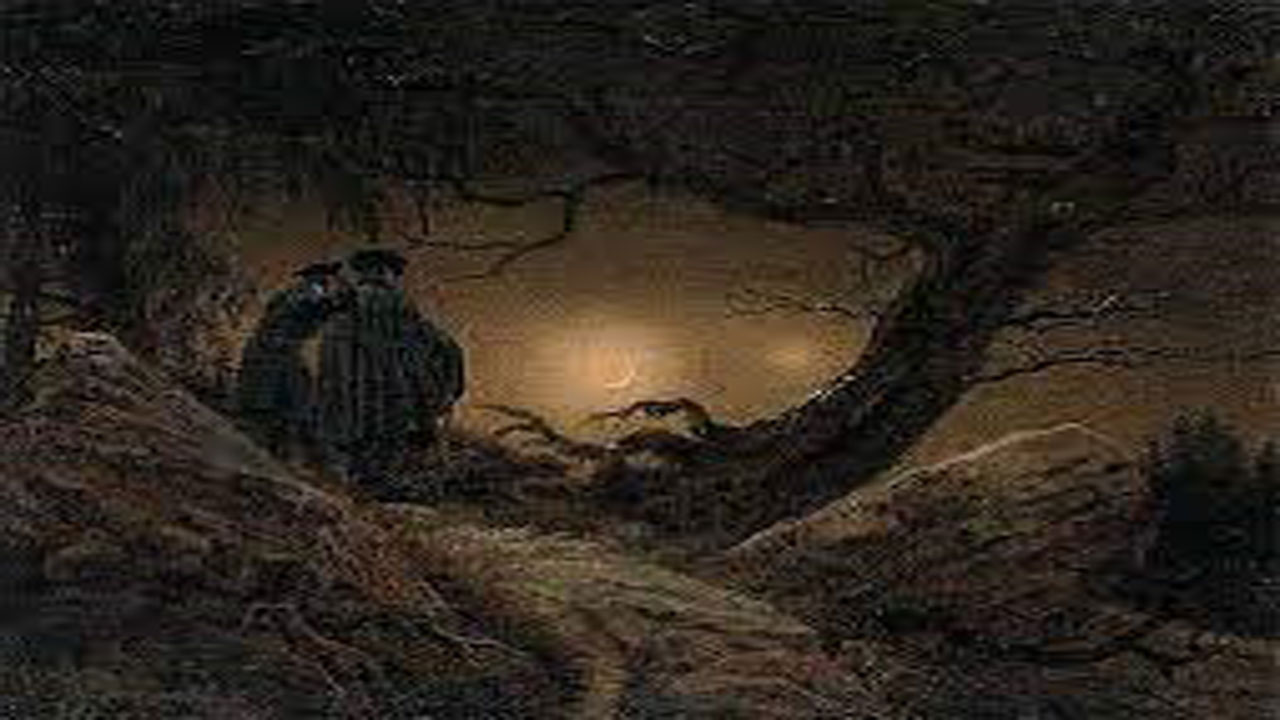Gothic fiction has been a popular genre for centuries, captivating readers with its eerie atmosphere, supernatural elements, and mysterious plotlines. From its origins in the 18th century to its modern-day adaptations, Gothic fiction has evolved significantly yet still maintains its allure and intrigue. Let’s journey through the centuries and explore the successful evolution of Gothic fiction.
Gothic Fiction in the 18th Century
The origins of Gothic fiction can be traced back to the 18th century, with Horace Walpole’s “The Castle of Otranto” in 1764 marking the advent of this genre. Walpole’s novel featured supernatural elements, a gloomy atmosphere, and a sense of terror that set the foundation for Gothic fiction. This genre soon gained popularity, and many writers followed suit, including Ann Radcliffe, who wrote “The Mysteries of Udolpho” in 1794.
19th-Century Evolution of Gothic Fiction
During the 19th century, Gothic fiction continued to evolve, with writers like Mary Shelley, Bram Stoker, and Edgar Allan Poe creating some of the most iconic works in the genre. Shelley’s “Frankenstein” and Stoker’s “Dracula” both incorporated horror and supernatural elements, while Poe’s stories focused on psychological terror and madness.
The 20th-Century Shift in Gothic Fiction
The 20th century saw a shift in Gothic fiction, with writers like Daphne du Maurier and Shirley Jackson focusing more on the psychological aspects of fear and horror. Du Maurier’s “Rebecca” and Jackson’s “The Haunting of Hill House” both employed a sense of unease and tension to create a foreboding atmosphere rather than relying on supernatural elements.
A Current Take on Gothic Fiction
Today, Gothic fiction continues to evolve and adapt to modern sensibilities. The genre has found new life in adaptations like Guillermo del Toro’s “The Shape of Water” and the television series “American Horror Story.” These modern interpretations of Gothic fiction often incorporate social commentary and explore contemporary issues while still maintaining the eerie and unsettling atmosphere that defines the genre.
In conclusion, the evolution of Gothic fiction has been a journey through the centuries, with each era bringing new ideas, themes, and interpretations. From the supernatural terror of the 18th and 19th centuries to the psychological unease of the 20th century and the modern adaptations of today, Gothic fiction remains a powerful and captivating genre that continues to captivate readers and audiences alike. Whether you prefer the classics or the modern interpretations, Gothic fiction will surely provide a chilling and unforgettable reading experience.
The Profitt: A Modern Take on Gothic Fiction by K.C. Cherry
“The Profitt” by K.C. Cherry is a modern example of how Gothic fiction has continued to evolve and adapt to modern sensibilities. “The Profitt” features elements of fantasy, adventure, and the supernatural, much like the Gothic novels of the 18th and 19th centuries.
The story orbits around a young girl named Celest, who possesses magical powers and is destined to change the world’s fate. Through her journey, readers are embarked on a rollercoaster ride of extreme emotions, adventure, and magical fantasies, much like the Gothic novels of the past.
K.C. Cherry’s writing in “The Profitt” is highly engaging and immersive, drawing readers into Celest’s world and investing them in her journey. Her narrative style is particularly effective in tugging at the heartstrings and evoking strong emotions, making it a must-read for those looking for a fresh, exciting take on Gothic fiction.



